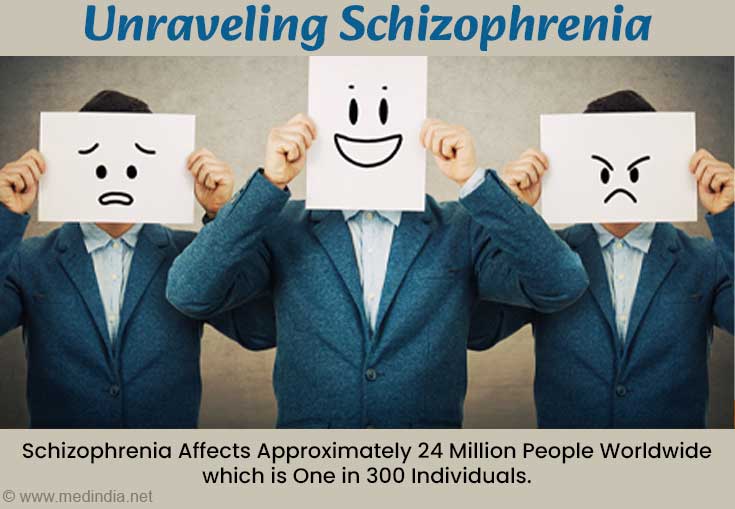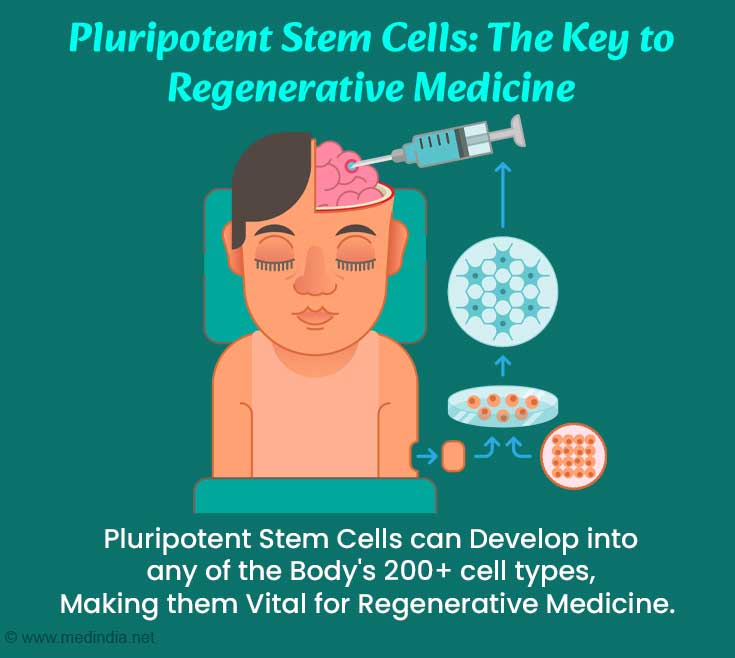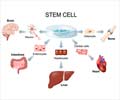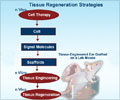Stem cells are unlocking new insights into schizophrenia, bringing hope for better treatments.
- Researchers can now generate brain cells from patients using stem cells, which gives them a clearer understanding of how schizophrenia develops
- Individuals with schizophrenia may have abnormally functioning genes, abnormalities in brain chemicals, and altered connections between brain cells
- More efficient and customized treatments can be created, giving people with schizophrenia more options for care
Mental disorders
Go to source).

Scientists can turn a person’s skin or blood cells into brain cells using stem cell technology, helping them study schizophrenia in a lab! #stemcellresearch #schizophrenia #medindia’
Schizophrenia Uncovered
- What It Feels Like: Some people have strong beliefs about things that others don't, hear voices, or see things that aren't there.
- When It Begins: It typically manifests in late adolescence or early adulthood, and often catches families and individuals unannounced.
- How It Impacts Life: It can make relationships, employment, and everyday chores more difficult.
- Why It Occurs: It is a combination of life events that includes stress or trauma, heredity, and abnormalities in brain chemistry.
- Living With It: Many people with schizophrenia enjoy happy, fulfilled lives when they receive the proper care, support, and medication.
How Stem Cells Are Helping Us Understand Schizophrenia
Schizophrenia has been a long complicated puzzle, but discoveries in stem cell research are altering our understanding of the illness. Human induced Pluripotent Stem Cells (hiPSCs), these are cells extracted from a patient's skin or blood and are reprogrammed by researches to replicate as stem cells. Researchers can now examine the effects of Schizophrenia on the brain at a much deeper level by using these cells in developing brain cells. This discovery helps in identifying the precise areas where Schizophrenia goes wrong by allowing researchers to observe how brain cells function and interact in living systems instead of relying on animal models or postmortem brain tissue.Life-Changing Discoveries Revolutionizing Schizophrenia Research
The specifics of how Schizophrenia impacts brain cell communication have been challenging to investigate, until now! Researchers can compare the early neuronal development of individuals with Schizophrenia to that of those without the disorder using hiPSC technology. Key changes, including abnormal neuronal connections, neurotransmitter imbalances, and disturbed cellular pathways, have been identified by researchers through various studies. Scientists are learning a great deal about the biological basis of Schizophrenia by closely analyzing these alterations, which helps them distinguish reality from hypotheses in their understanding of the illness.
Bridging Science and Everyday Care
Growth and research of patient-specific brain cells pave the way for individualized care, in which treatments are created according to each patient's particular biology. Trial-and-error in therapy selection is reduced because researchers may now test possible medications on lab-grown brain cells before attempting them in actual patients. The lives of those who suffer from Schizophrenia may be significantly improved by these discoveries, even if much more work needs to be done.There is genuine hope for a better future since science is opening the door to more individualized care and treatment options (2✔ ✔Trusted Source
Investigation of Schizophrenia with Human Induced Pluripotent Stem Cells
Go to source).
Stem Cell Science, Paving the Way for Brighter Minds!
References:
- Mental disorders - (https://www.who.int/news-room/fact-sheets/detail/mental-disorders)
- Investigation of Schizophrenia with Human Induced Pluripotent Stem Cells - (https://pubmed.ncbi.nlm.nih.gov/32578147/)
Source-Medindia
















